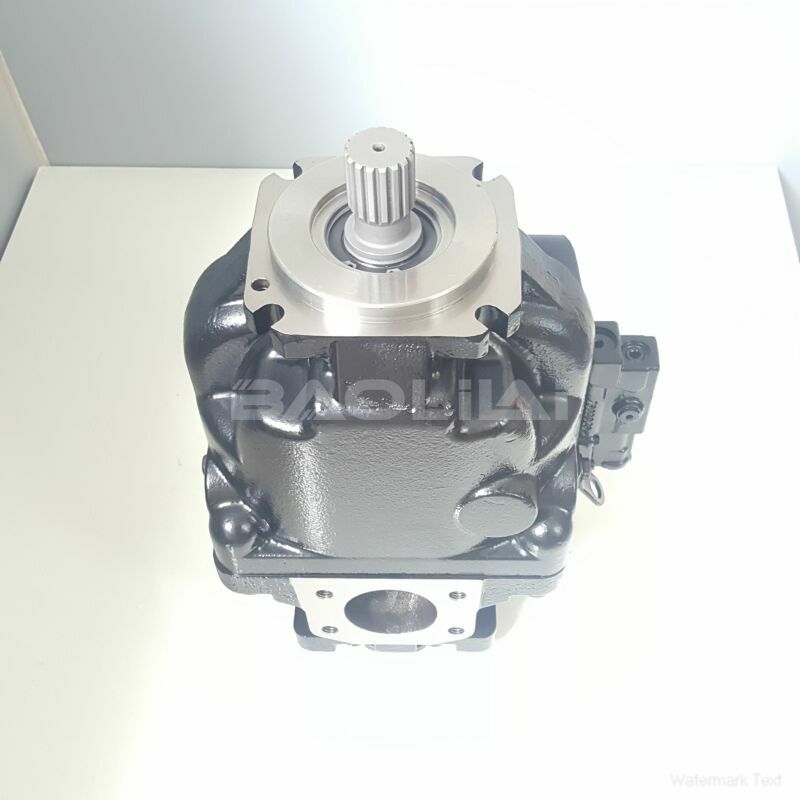ERR100BLS2320NNN3K5CPA1NAAANNNNNN piston pump
ERR100BLS2320NNN3K5CPA1NAAANNNNNN piston pump

- Product Details
- Applicable Scene
High-pressure hydraulic pump systems are essential in many industrial applications, providing power to operate various hydraulic components. However, like any machinery, these systems can encounter problems that hinder their performance. Troubleshooting these issues requires a systematic approach to identify and resolve them effectively. Here is a guide on how to troubleshoot high-pressure hydraulic pump systems.
ER-R-100B-LS-23-20-NN-N-3-K5CP-A1N-AAA-NNN-NNN
ERR100BLS2320NNN3K5CPA1NAAANNNNNN
Begin with Safety Protocols

7000269
Before diving into troubleshooting, ensure that you observe all safety protocols. High-pressure systems can be dangerous, so wear appropriate personal protective equipment (PPE) and follow lockout/tagout procedures. Make sure to relieve any pressure in the system before inspecting or making repairs.
Identify Symptoms
The first step in troubleshooting is to understand the symptoms of the problem. Common issues in high-pressure hydraulic pump systems include:
Low pressure or flow
Unusual noises, such as grinding or whining
Overheating
Leaks around the pump, hoses, or fittings
Erratic operation of hydraulic tools or machinery
Taking note of these symptoms can help narrow down potential causes.
Inspect the Pump
Start your investigation with the hydraulic pump itself. Check for any signs of external damage, such as cracks or dents. Look for leaks around the pump seals and fittings, which can lead to pressure loss. Verify that the pump is securely fastened and that there are no loose connections. Additionally, observe the hydraulic fluid condition; it should be clean and free of contamination. Contaminated fluid can cause pump failure and other issues in the system.
Check the Fluid Level and Quality





